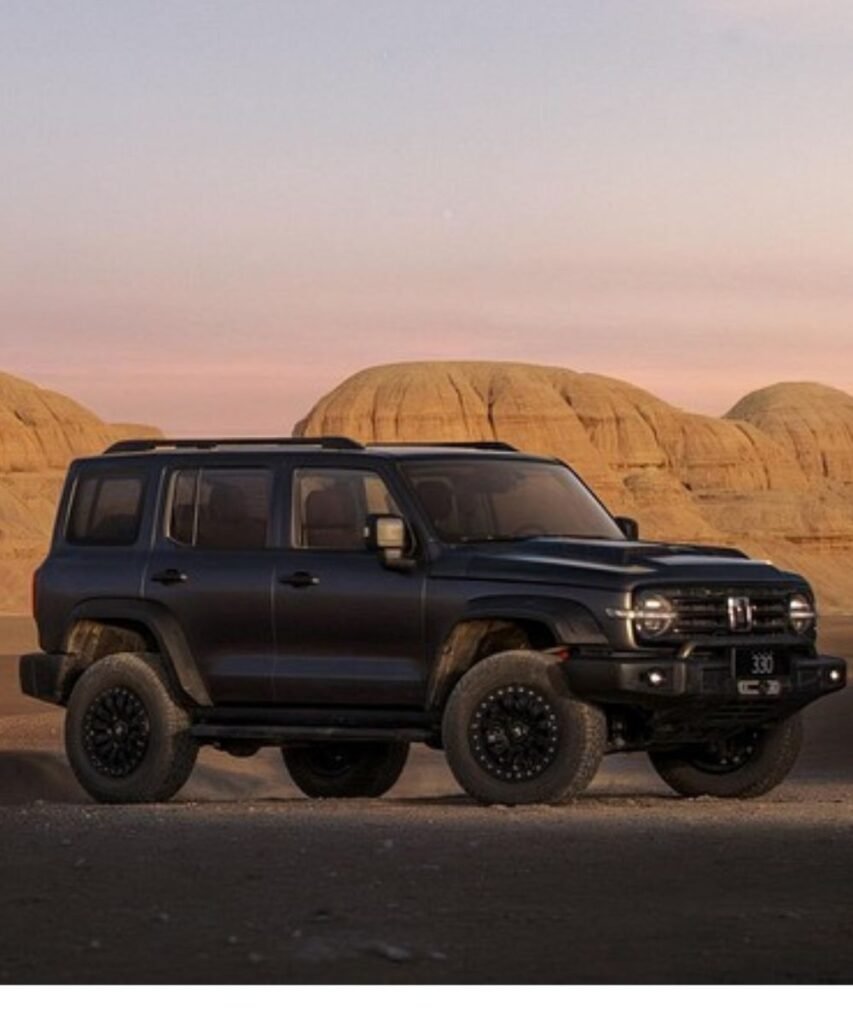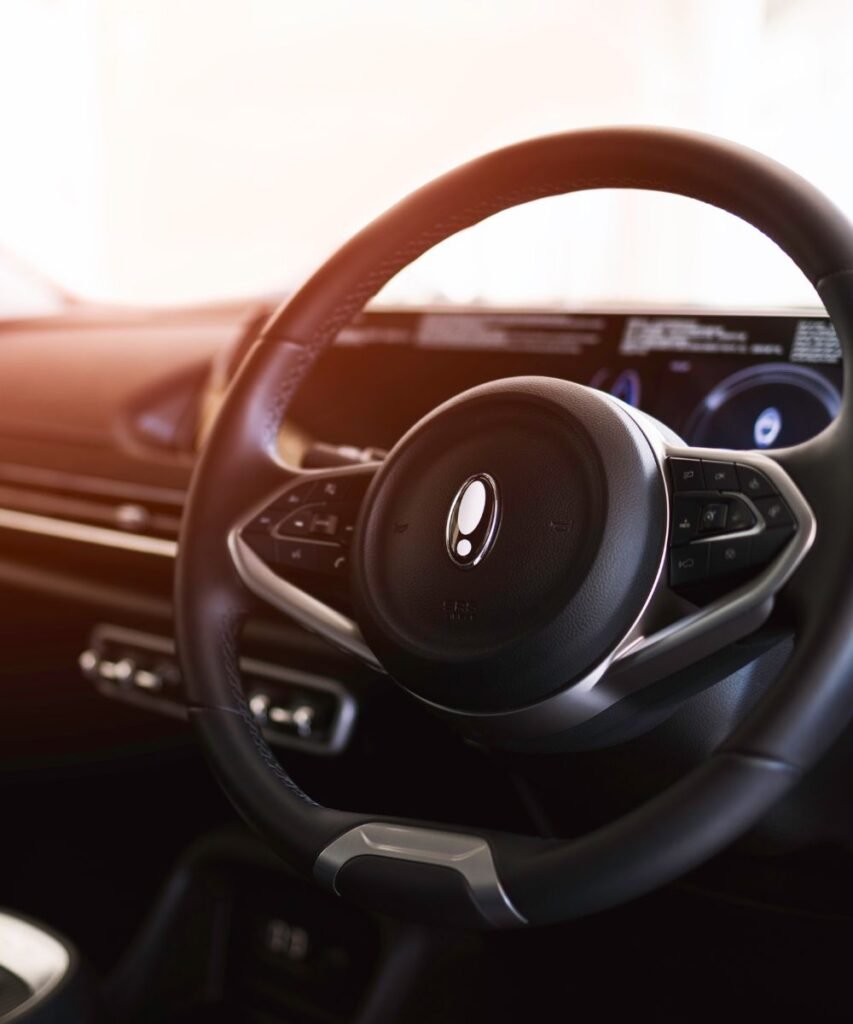Vibration, shudder or warning light? We measure first, then repair your GWM’s brakes properly—quality parts, correct torque and proven results. Same-day fixes for most pad/rotor jobs.

Dial-indicator run-out and DTV checks—no guesswork.

Hub face clean, torque sequence, bed-in completed

Before/after readings on your invoice; ACCC-friendly servicing.

Most “warped rotor” complaints are actually disc thickness variation (DTV) caused by lateral run-out or uneven pad transfer. We start by measuring rotor run-out on the vehicle and checking DTV where relevant, plus a road test to reproduce your symptom.
If readings are out of spec, we correct the cause—clean the hub face, check wheel-bearing play, torque wheels correctly—and then fit quality rotors/pads matched to your Cannon or Tank 300.
Where machining is appropriate and thickness allows, we’ll discuss it; otherwise replacement avoids rapid recurrence.
Finally, we bed in the brakes and validate with a post-repair road test so the steering wheel stays calm at highway speeds.
You’ll get a plain-English report with before/after data.

Shudder under light braking, steering-wheel vibration, pulling left/right, squeal, soft or long pedal, ABS warnings and scorched rotors from heavy towing or hills. We diagnose—then fix—the cause, not just the noise.
Run-out/DTV measured; rotors/pads corrected or replaced.
Fluid test/bleed, hose & caliper checks, scan for ABS/ESC faults.
Tell us your rego/VIN, kilometres and symptoms. We road-test, measure run-out with a dial indicator, inspect hub faces and confirm minimum thickness before recommending machining or replacement. We only fit quality parts and follow the correct torque pattern so new rotors don’t inherit run-out the moment the wheels go on. After fitment, we complete a bed-in cycle and, if needed, a scan to clear any related codes.
You’ll see itemised brands and before/after readings on your invoice. Result: confident stops and zero comeback shudder.
Pads & rotors: typically same day. Hydraulics/ABS: case-by-case.
Genuine GWM on request or trusted OEM-quality equivalents.

Easy access from Beechboro, Dianella, Noranda, Morley and Mirrabooka. Plenty of parking and early drop-off available.

Under the ACCC/ACL, you can use an independent workshop when procedures and parts meet manufacturer standards.
We document brands, part numbers and measurements to keep your history tidy.
Want extra assurance? You can verify repairer licensing via the WA online licence search. If a dealer TSB or campaign is the best path, we’ll say so. Clear quotes, no surprises, and workmanship you can trace.
Shudder usually returns when root causes aren’t fixed—like dirty hub faces or poor torque. We prepare the mating surfaces, torque wheels correctly and provide a simple bed-in guide so the new setup settles cleanly.
Wheels fastened in sequence to spec, preventing run-out.
Short, staged stops to stabilise pad transfer and avoid DTV.
Open a tab to see inclusions and how we prove the outcome.
Great repairs start with great diagnosis. We begin with a road test to reproduce your symptom, then measure lateral run-out on each rotor using a dial indicator.
If run-out is beyond tolerance, the rotor “kisses” the pads once per revolution while cruising—slowly creating DTV, which you feel as vibration under braking. We check hub face flatness/cleanliness, look for wheel-bearing play, confirm minimum thickness with a micrometer and scan for ABS/ESC codes.
For soft pedals, we test brake-fluid condition/boiling point and check hose and caliper operation. You’ll receive a clear summary with photos and before/after readings, plus recommendations: machine if thickness allows, or replace with quality rotors and pads matched to your Cannon or Tank 300.
We’ll also note driving patterns (towing, hills, stop-start) that influence heat and pad deposits. No parts-swapping—facts first, then the most cost-efficient fix.
When rotors are below spec or DTV is significant, replacement is the cleanest route.
We supply quality rotors (genuine GWM or proven OEM-quality) and application-matched pads. The hub face is cleaned and verified; we then mount rotors, torque wheels in sequence and bed in the set using a controlled cycle to establish an even transfer layer.
This prevents the uneven pad deposits that can mimic “warped” rotors later on. Before handover, we perform a suburban/freeway road test and record pedal feel and vibration levels, adding any recommendations (e.g., fluid flush interval, driving tips after heavy towing).
You leave with an itemised invoice listing brands and part numbers plus before/after run-out readings. That transparency reduces comebacks and protects resale—future owners can see what was fitted and how it was verified.
If your Cannon tows or your Tank 300 sees long downhill runs, consider heavy-duty pads/rotors that tolerate heat better.
We’ll discuss friction levels, noise vs dust trade-offs and whether slotted rotors suit your use. The process is still measurement-led: confirm hub condition and run-out first, then fit hardware that can dissipate heat without excessive DTV growth.
We recommend a fluid service on time (old fluid lowers boiling point), and we’ll coach you on bed-in and driving habits that prevent hotspots—like easing off heavy holds at a stop after hard braking.
Expect a precise pedal and stable performance on repeat stops. As always, we finish with a post-fit road test and provide documented readings on your invoice so you can see the improvement in black and white.
Straight answers—no jargon.
Most shudder comes from disc thickness variation (DTV) caused by run-out or uneven pad transfer, not “warped” rotors. Measuring and correcting the cause stops it returning.
We measure first (dial indicator + micrometer) and only replace/machine once we’ve confirmed the facts. Your invoice shows before/after data.
Yes—under ACCC/ACL, qualified independents can service/repair when manufacturer standards and quality parts are used.
If thickness and condition allow, machining can be viable; where rotors are thin/damaged, replacement is the durable fix. We’ll advise with measurements either way.
Yes—correct torque sequence and a controlled bed-in reduce the risk of DTV and shudder coming back.
Schedule your Hyundai or Kia service in just a few clicks.